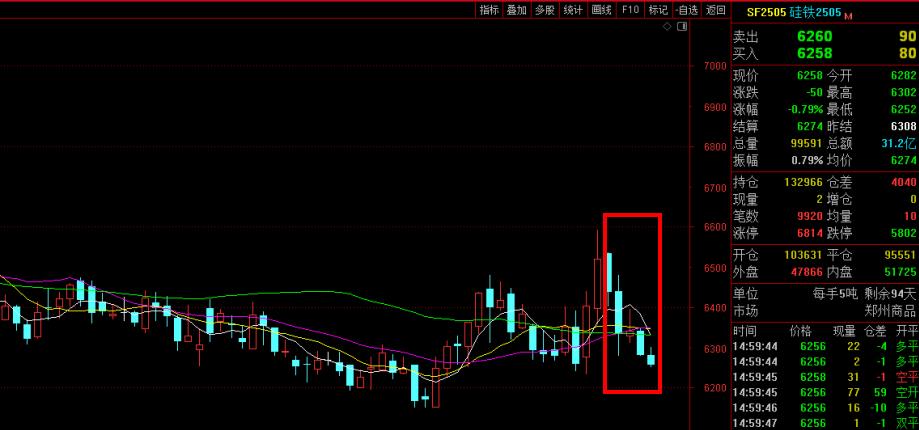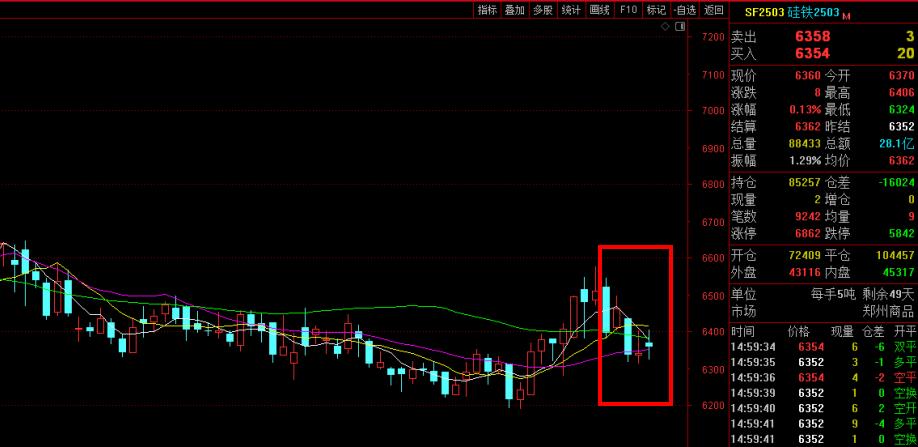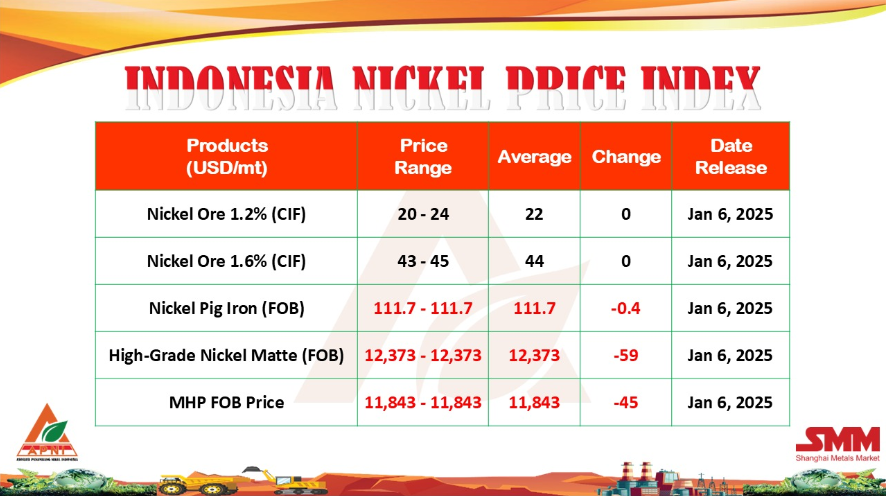[ferro-alloys.com]A recent study by researchers in Peru and the US found that, in the past 35 years, there has been a 670% increase in the extent of pits and ponds created by miners digging for small deposits of alluvial gold in the Peruvian Amazon.
According to the scientists, the proliferation of these ponds has dramatically altered the landscape and increased the risk of mercury exposure for indigenous communities and wildlife.
In their paper, which was published in the journal Science Advances, the team led by Jacqueline Gerson and Simon Topp explain that landscapes formerly dominated by forests are now increasingly dotted by these small artificial lakes, which provide low-oxygen conditions in which submerged mercury can be converted by microbial activity into an even more toxic form of the element, methylmercury, at net rates five to seven times greater than in rivers.
“Methylmercury poses especially high risks for humans and large predators because it bioaccumulates in body tissue as it moves up the food chain,” Gerson, who is a doctoral student in ecology at Duke University, said in a media statement. “That’s particularly concerning given the high biodiversity and the large number of indigenous populations that live in the Peruvian Amazon.”
This study, which is the first to document how mining has altered the landscape and simultaneously amplified the risks of mercury poisoning, was conducted through the collection of water and sediment samples at sites upstream and downstream of artisanal gold mining sites along Peru’s Madre de Dios River, its tributaries, surrounding lakes, and mining ponds during the dry season in July and August of 2019.
Then, the researchers measured each sample for total mercury content and for the proportion of that mercury that was in the more toxic form of methylmercury. By combining these measurements with more than three decades of high-resolution satellite data from the region, they were able to determine the extent of artificial ponding and mercury contamination at each site and identify causal links.
“You can clearly see that the increase in artificial lakes and ponds in heavily mined areas accelerated after 2008, when gold prices dramatically increased along with mining activity,” Topp, who is a PhD student at the University of North Carolina at Chapel Hill, said. “By contrast, the total surface area of ponds in areas without heavy mining increased by an average of only 20% over the entire study period.”
In Topp’s view, this trend will continue as long as gold prices remain high and artisanal small-scale gold mining is a profitable activity.
(Mining.com)
- [Editor:王可]



 Save
Save Print
Print Daily News
Daily News Research
Research Magazine
Magazine Company Database
Company Database Customized Database
Customized Database Conferences
Conferences Advertisement
Advertisement Trade
Trade














 Online inquiry
Online inquiry Contact
Contact

Tell Us What You Think